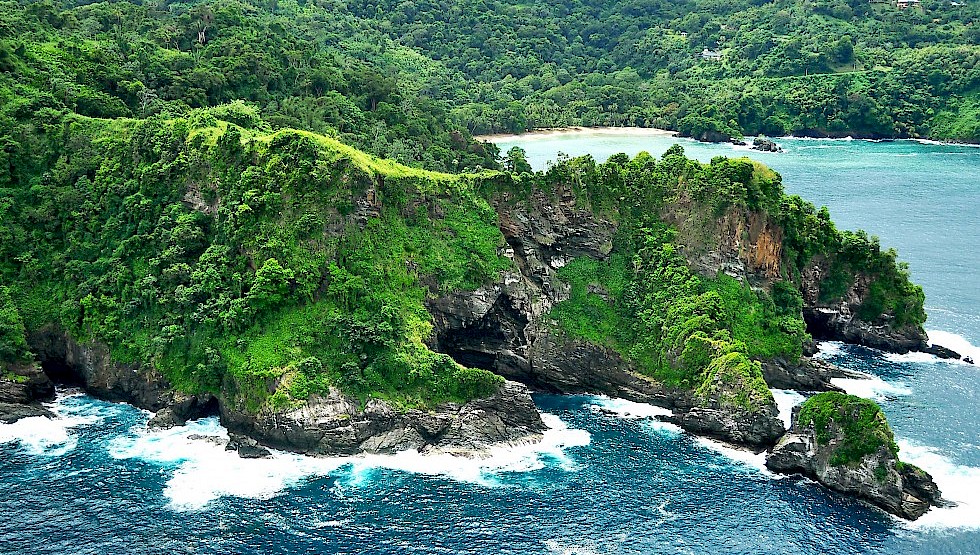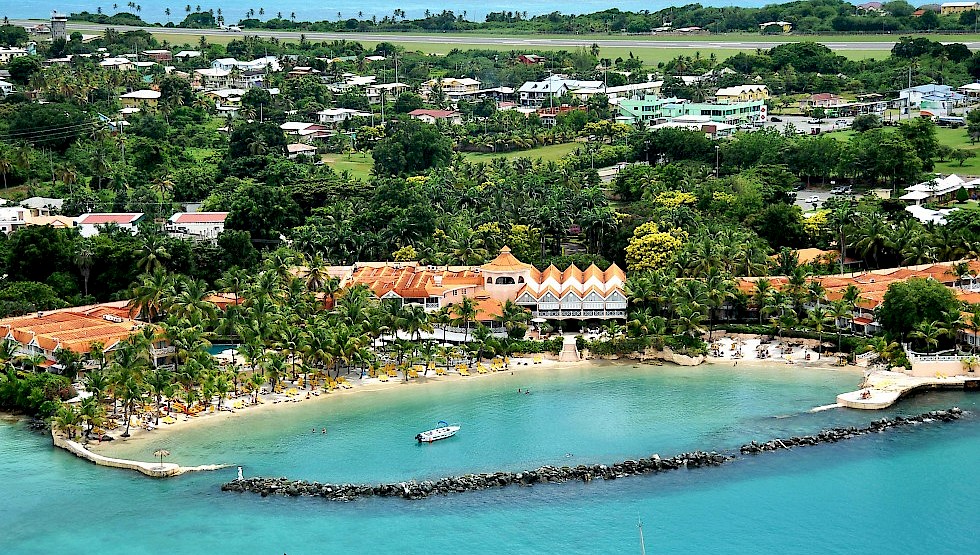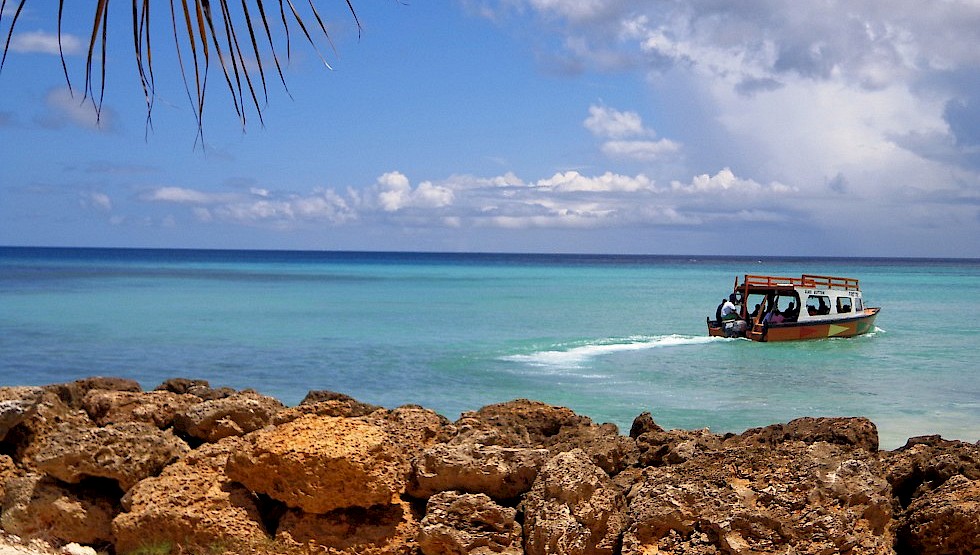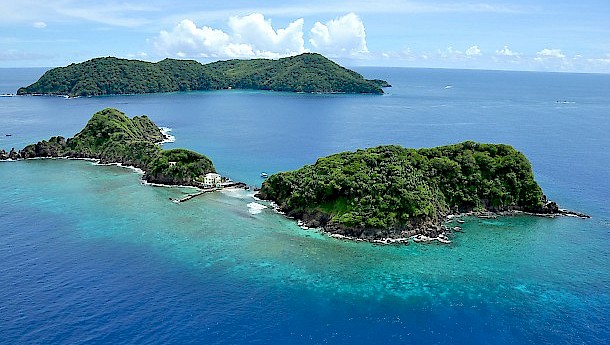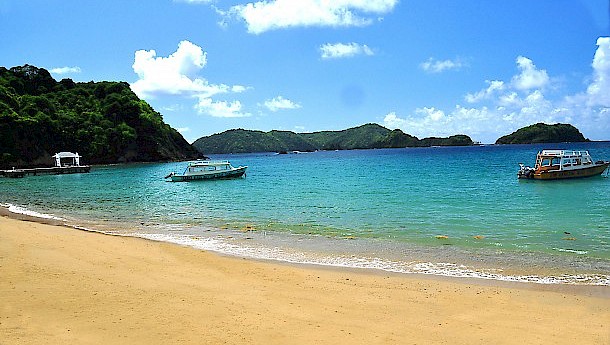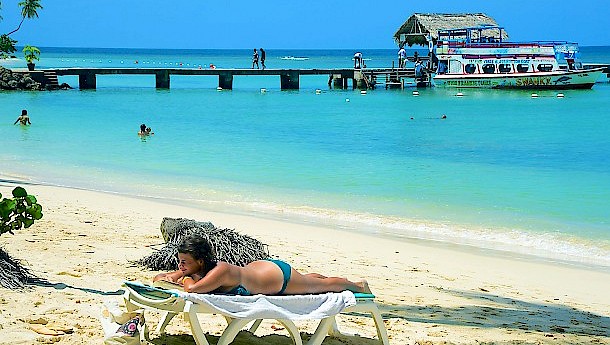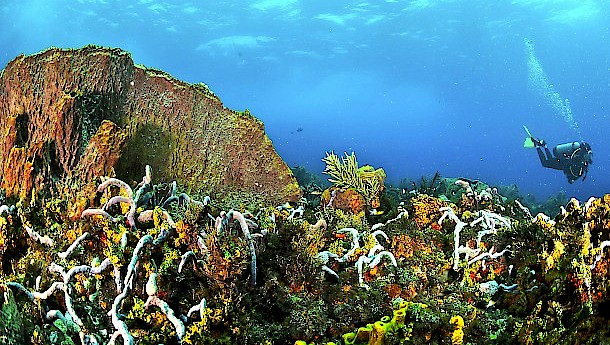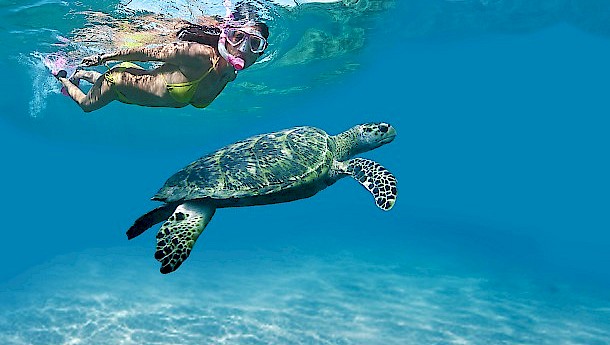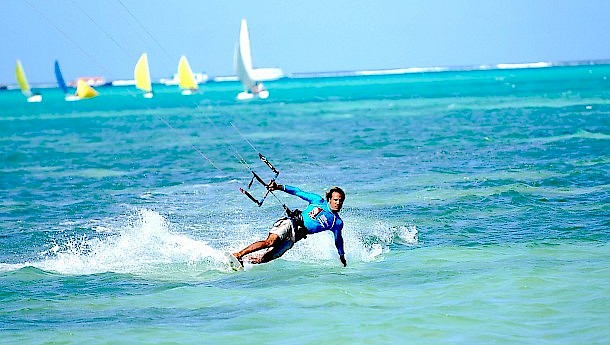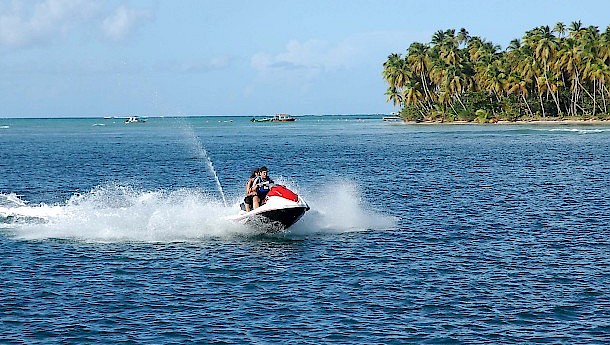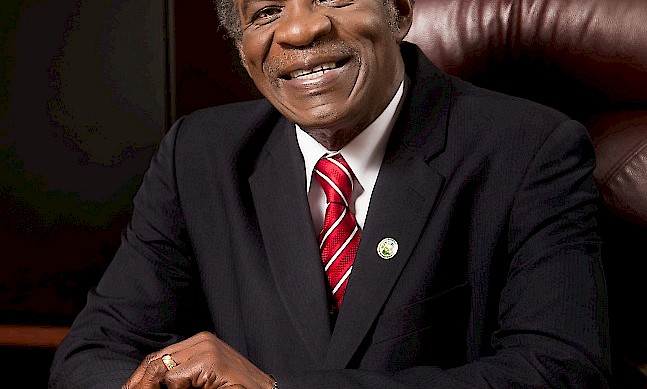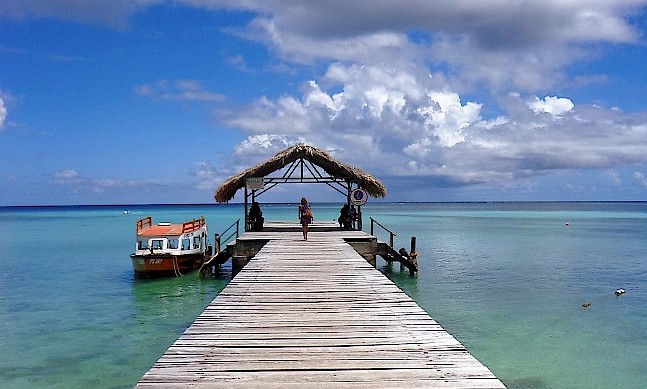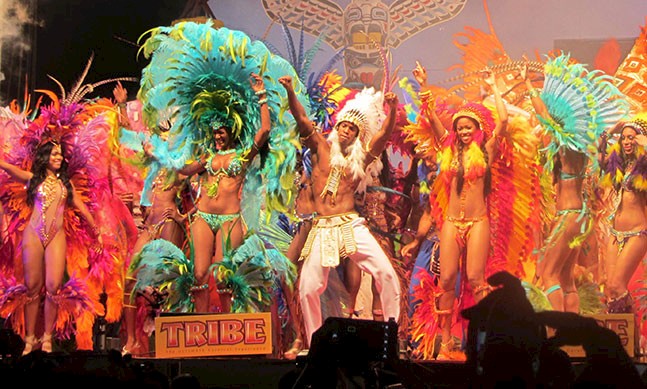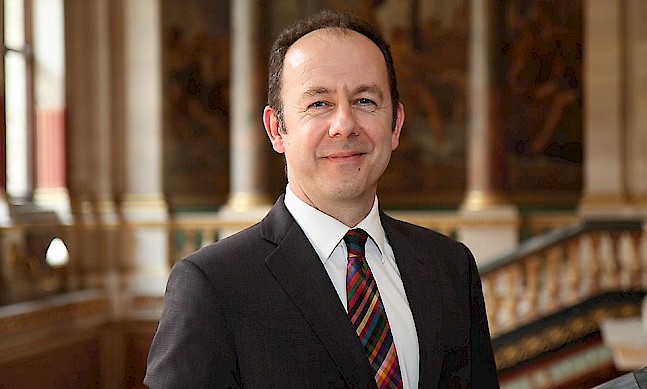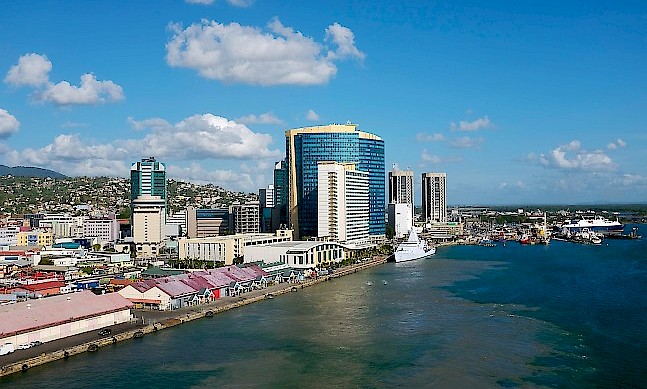For years, tourism took an economic back seat to Trinidad and Tobago’s energy industry. The newly awakened sector is ripe for investment and expansion – all the while preserving Tobago’s cherished ecological balance
Plummeting energy prices have prompted gas-rich Trinidad and Tobago to diversify its revenue strategy, and the focus is on Tobago’s burgeoning tourism industry. Orville London, Tobago House of Assembly’s chief secretary, has made it a priority to identify suitable development areas for tourism-related investment. In addition to land, there is “a commitment to concessions enabling investors to get a healthy return,” he added. Benefits include tax exemption on profits from selling villas and condominiums in an integrated resort development.
With more bird species per square mile than anywhere in the world as well as the largest population of nesting Leatherback turtles, Tobago is the obvious choice for eco-tourists, who are estimated to spend $1,000 more per trip than other types of tourists. The potential for health and wellness facilities is being explored, along with boosting the number of cruise ships. In total, tourism could contribute $550 million annually to the island.
The true Caribbean
With its crystal clear waters flanked by unspoiled greenery to the side and blue skies above, Tobago completes its astonishing array of natural colours with coral on the seabed. The slow and gentle scuba diving is spectacular, as indeed are the high-speed thrills on the surface
BIRD SANCTUARY AND WHITE SANDY BEACHES
Little Tobago Island, about 3km off the coast, is a bird sanctuary and home to more than 50 species. Sir William Ingram bought it in 1909 and introduced a birds of paradise colony. After his death, it was bequeathed to the nation by his heirs on condition it remained a bird sanctuary. Unfortunately, a 1963 hurricane killed off the colony birds of paradise. Midway to Tobago proper is Goat Island, to which there is no public access (and which, despite rumours, never belonged to Bond author Ian Fleming). Bateau Bay village is beside a national park, and has restaurants, shops and accommodation – as well as a picnic spot for visitors who want to maintain a get-away-from-it-all feeling. Pigeon Point’s thatched-roof jetty is an island landmark. Its long stretch of white sand beach has showers, beach-chair rentals, bars, a restaurant, shops – and a charge to enter the beach.
“We want the private sector to become the engine of tourism sector growth”
Tracy Davidson-Celestine Deputy chief secretary of the Tobago House of Assembly and secretary for tourism and transportation
Tweet ThisON AND UNDER THE SEA
Sharing the sea with its permanent inhabitants, like giant turtles, is to commune with nature in a way possible only in select areas of the world. Sea temperatures are 24ºC-28ºC all year round and certified instructors train even novices, with dives ranging from a shallow 18 metres down to exploring a deliberately sunken ship sitting in 34 metres of water. Meanwhile, up above, different ways of pumping adrenalin include activities such as kite surfing and jet skis.
ON YOUR MARKS, GET SET, GOAT!
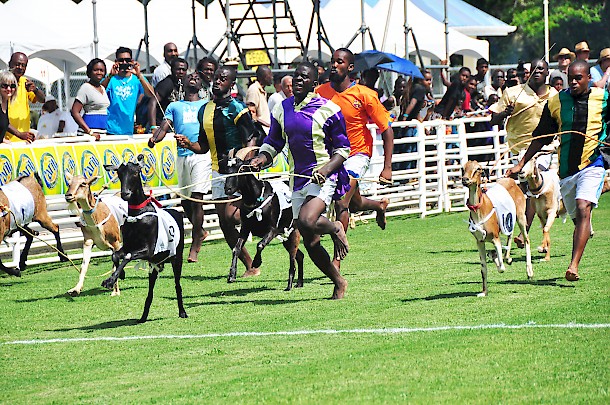 Bucco Goat Race Festival. Photo: Tobago House of Assembly
Bucco Goat Race Festival. Photo: Tobago House of Assembly
Since Easter Monday horse racing was an affair for the gentry, in 1925 a Barbadian, Sam Callender, invented goat racing for the “lower classes”. The following day was declared “Easter Tuesday” and set aside for the goats. Buccoo Beach was chosen after the original village street was paved over and its successor adjudged dangerous because the finishing line was close to overhanging cliffs. A good racing goat needs to be strong and swift – as do the “jockeys” who run behind holding a rope round their necks. Goats that outrun the jockey are disqualified.
“Tobago is authentic, it is rustic, and it is an island that is clean, green, safe and serene”
Tracy Davidson-Celestine Secretary for tourism and transportation
Tweet ThisWORLD’S FIRST RAIN FOREST
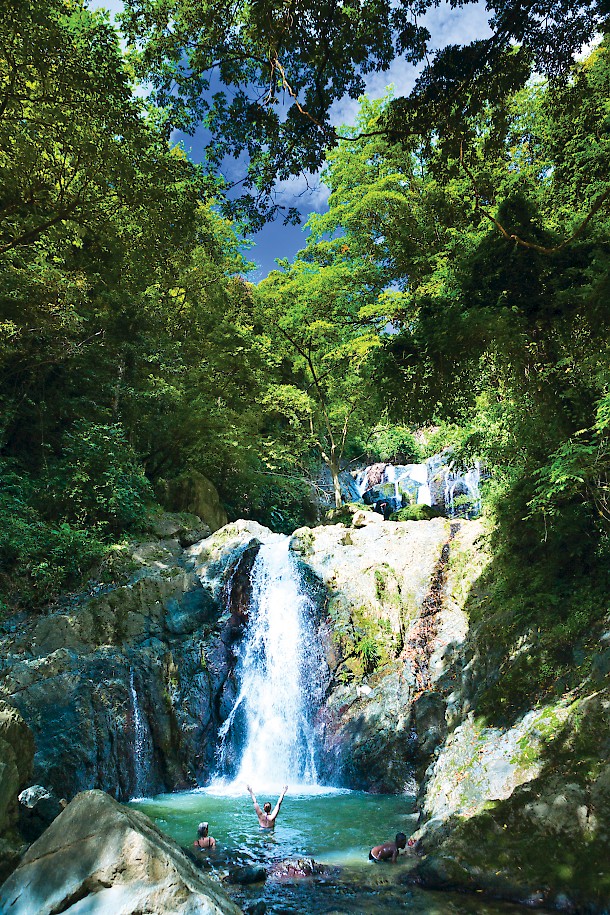 Three-stage Argyle Waterfall. Photo: Magdalena Grand Hotel
Three-stage Argyle Waterfall. Photo: Magdalena Grand Hotel
Argyle Waterfall is in the world’s oldest protected forest. In 1776, scientist Stephen Hales convinced plantation owners to stop cutting down the forest or risk reducing the island to a desert. Now the 20-minute walk to the 50-metre falls passes parrots in the trees and small caimans. Vines beside the third pool enable swinging into the water Tarzan-style.
